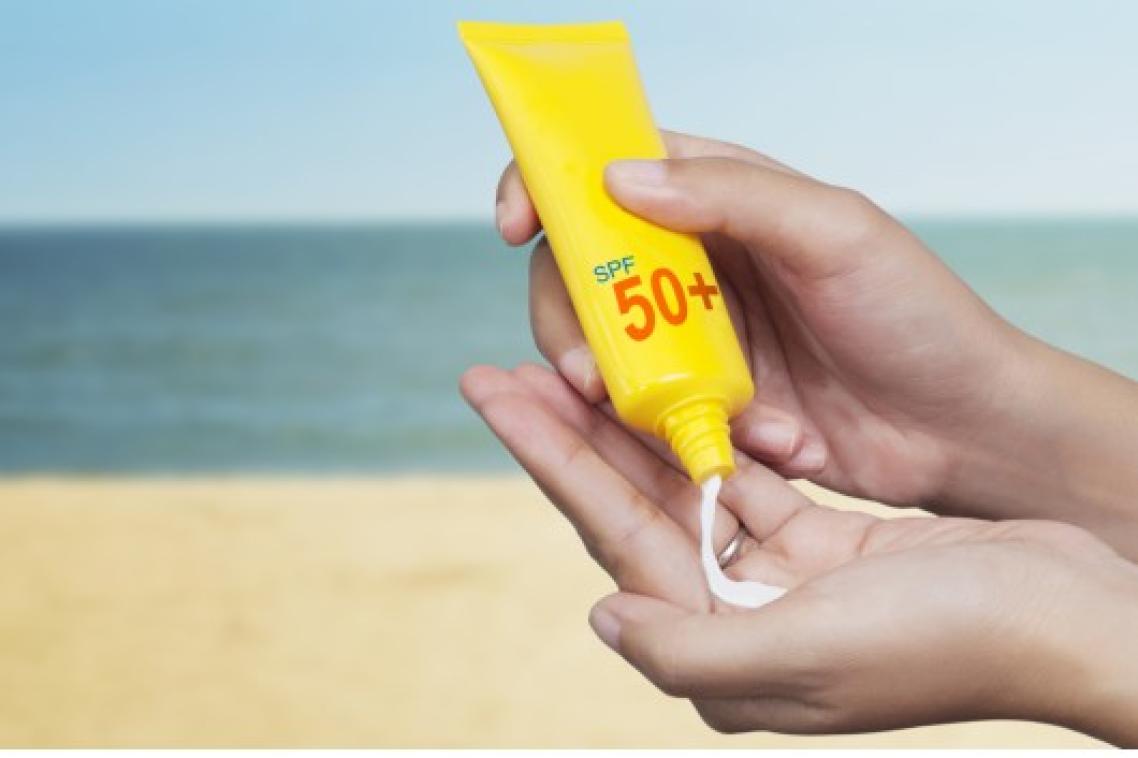Natural sunscreen gene influences how we make vitamin D

Genetic variations in the skin can create a natural sunscreen, according to University of Queensland researchers investigating the genes linked with vitamin D.
Professor John McGrath from UQ’s Queensland Brain Institute said this was one of a number of ways vitamin D affected the body identified in a collaborative study that looked at the genomes of more than half a million people from the United Kingdom.
“This study has implicated several new skin-related genes that impact on our vitamin D status — distinct from skin colour which affects our ability to make vitamin D depending on the concentration of the pigment melanin in the skin,” Professor McGrath said.
“Vitamin D is the sunshine hormone and we need bright sunshine on the skin to make it, but variations in our genes also influence how efficient we are at doing that.
“Our findings suggest that genetic variants in the HAL (histidine ammonia-lyase) gene can vary the concentration of a small molecule in the skin which acts like an internal Sun Protection Factor, or SPF.
This molecule soaks up UVB light – the light our bodies use to make vitamin D — and the amount of it in our skin influences how much of the vitamin we can make.
Professor Naomi Wray from UQ’s Institute for Molecular Bioscience and Queensland Brain Institute said the team found 143 gene locations linked to vitamin D concentration.
“Previously we only knew about six regions, so these findings will provide new insights into how our body handles vitamin D,” Professor Wray said.
“The study has found many interesting new candidates that can help our understanding of factors that influence vitamin D concentration.
“Our findings are a treasure trove of clues which will keep researchers busy for a long time.”
The study supports the hypothesis that low vitamin D may be the consequence of poor health, rather than contributing to the risk.
This study was published in Nature Communications and funded by the NHMRC and the Danish National Research Foundation (Niels Bohr Professorship).
Professor John McGrath has a joint position at Aarhus University, Denmark and University of Queensland.
Media: Professor John McGrath, j.mcgrath@uq.edu.au, Mobile +61 407 149 609; QBI Communications, communications@qbi.uq.edu.au, +61 405 661 856.
Related articles

Sunlight-powered breakthrough turns methane into valuable ethylene

Australia needs doctors – so why are hundreds of qualified international physicians unable to work?
Media contact
UQ Communications
communications@uq.edu.au
+61 429 056 139
